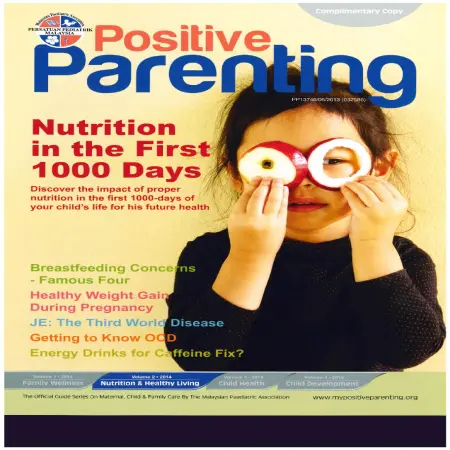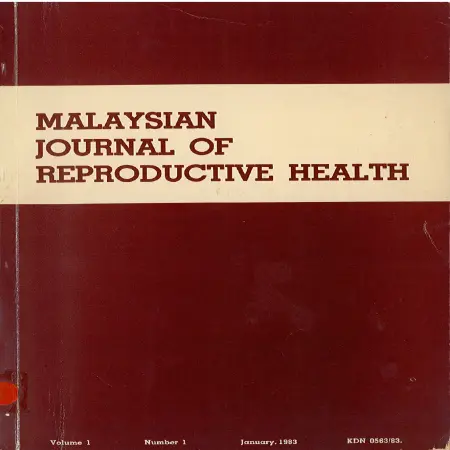PUBLICATIONS
|
|
Ordinal regression for modelling the family well- being among the Malaysians
Item Type: Article
Editor:
Year: 30/06/2021
Abstract: Understanding factors which affect the level of family well-being is important as it contributes to effective decision making among the policymakers to improve the family lives as well as to strengthen the family institution. This study develops an ordinal regression model which identifies demographic, economic and social factors that are significant in explaining the status of family well-being.
|
|
|
|
|
|
Outsourced parenting
Item Type: Article
Editor:
Year: 00/00/2014
Abstract: Housemaids have become an integral part of family life in Malaysia, some may say it’s a necessity – they provide much needed support to parents who often don’t have extended family around to assist with childcare or dual career parents who are often left with little choice and require help as well as support to carry out their family responsibilities.
It’s fair to say that commitment and devotion towards a successful career and rearing a child requires both sacrifice and no small amount of resolve and effort for either to work out in tandem. These and other factors prompt most parents to employ a housemaid, helper or caregiver to assist them in carrying out their roles and responsibilities. The notion being that maids would provide assistance to much needed help around the house and allow parents more freedom and time to spend with their children.
From things like potty training, to swimming and riding a bicycle, from learning not to bully other kids to learning from mistakes and forgiving other people for them. All these are lessons that can be outsourced to maids, helpers or even professionals. But just because it can, doesn’t mean that it should.
|
|
|
|
|
|
Office laparoscopic assessment of female fertility
Item Type: Article
Editor:
Year: 00/01/1983
Abstract: The preliminary report details our experience and also serves to evaluate the risk benefits of office laparoscopy for female fertility assessment in 183 subjects. The patients were admitted at about 8.00 in the morning and discharged at 3.00 to 4.00 in the afternoon after laparoscopy has been performed. Only 7.7 percent of the subjects required inhalational anesthetic gases along with a combination of intravenous sedation and local anesthetic infiltration. The pick-up rate for pelvic abnormality is fairly high, approximately 22.4 percent. Difficulties and complications encountered during laparoscopy were minimal and easily overcome.The benefits of laparoscopy overrules assessment and sterilization feature laparoscopy on an 'outpatient basis' as one of its main activities.
|
|
|
|







